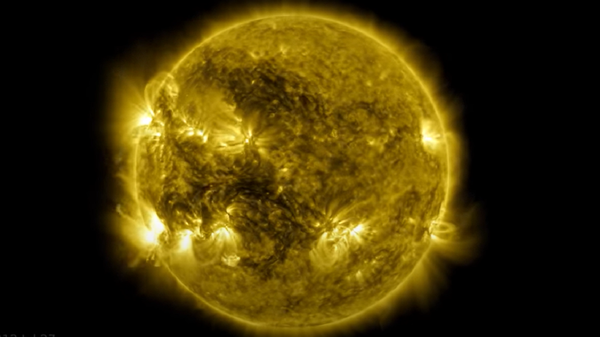The satellite, called Solar Orbiter, has sent back images taken in mid-June from a distance of 48 million miles which is about half the distance between the Earth and the star. The satellite will keep approaching the sun and will come closer than Mercury, the closest planet to the star, the agency said.
The images have revealed a higher than expected concentration of what solar astronomers call camp fires, which are miniature solar flares that go off on the sun’s surface.
“These are only the first images and we can already see interesting new phenomena… We didn’t really expect such great results right from the start,” Daniel Muller, ESA’s Solar Orbiter Project Scientist, said.
#SolarOrbiter presents:#TheSunUpClose
— ESA's Solar Orbiter (@ESASolarOrbiter) July 16, 2020
👉https://t.co/VzhyZnKmRv
📽️https://t.co/Iyx1Y7oI52 pic.twitter.com/uYQQXL2A0G
🔥These are some of the hottest views of the Sun yet! 🔥@SolarOrbiter is a pretty awesome spacecraft. https://t.co/xAoJimVvM9
— Steve Spaleta (@stevespaleta) July 16, 2020
The satellite will study the solar weather phenomena that play out on the star’s surface and upper layers in an effort to reveal patterns that may help predict solar flares, ESA’s statement said. Large solar flares, known as coronal mass ejection, are harmful to humans and can cause large-scale damage to electric and electronic communications technology across the world.
The satellite will also attempt to unlock the age-old mystery in solar physics of why the temperature of the sun’s immediate surroundings, known as the corona, one million degrees celsius (1.8 million degrees Fahrenheit) while the sun’s surface is only 5,000 degrees celsius.

